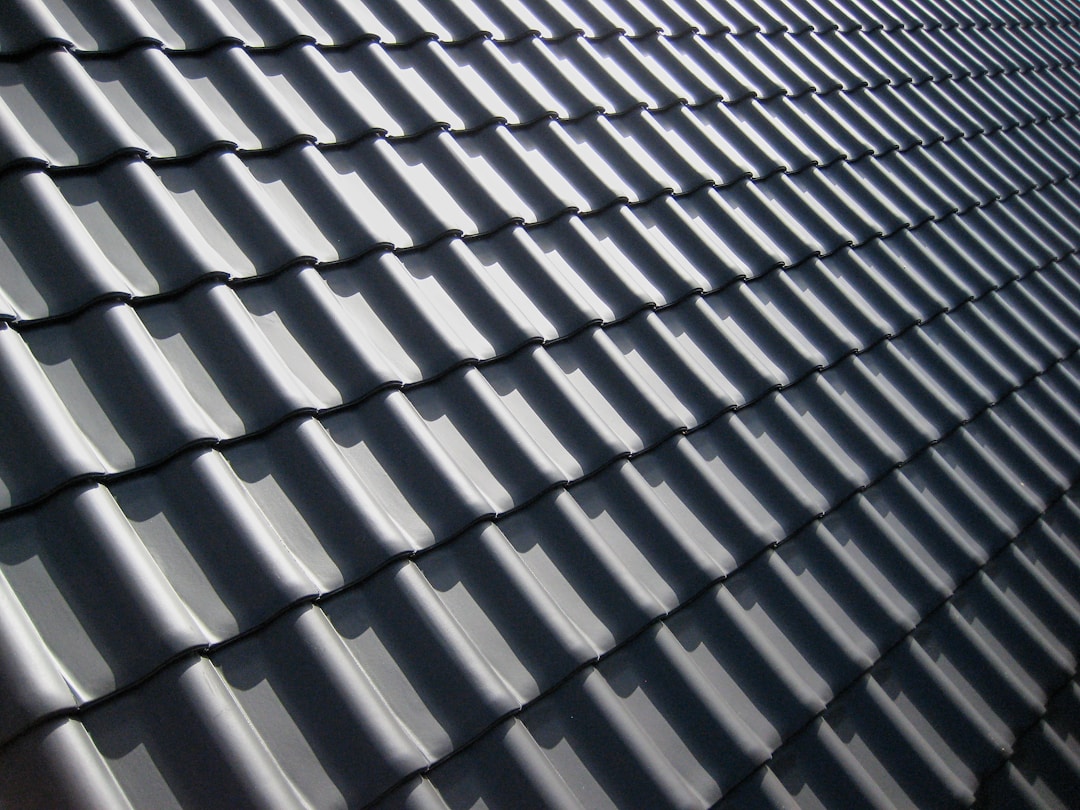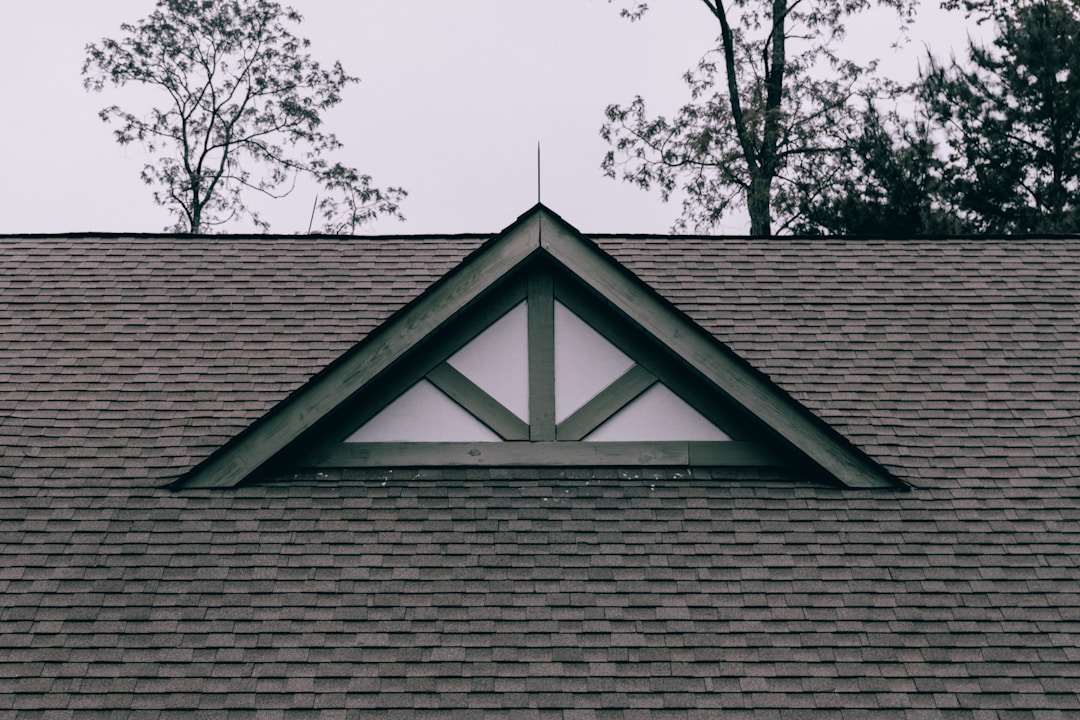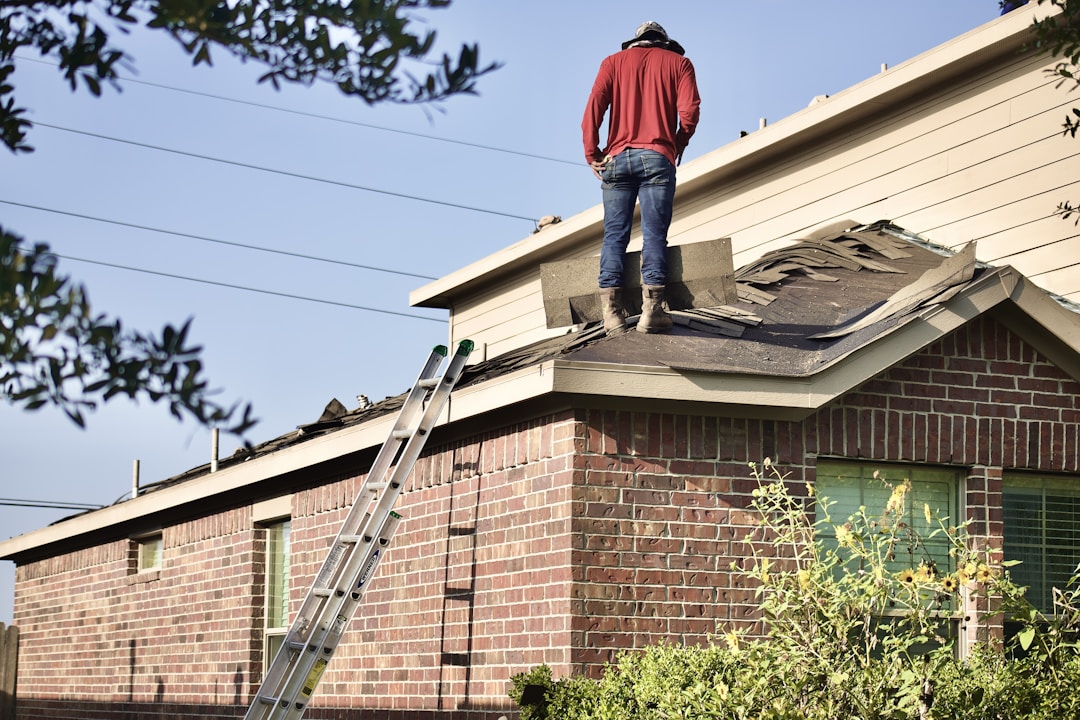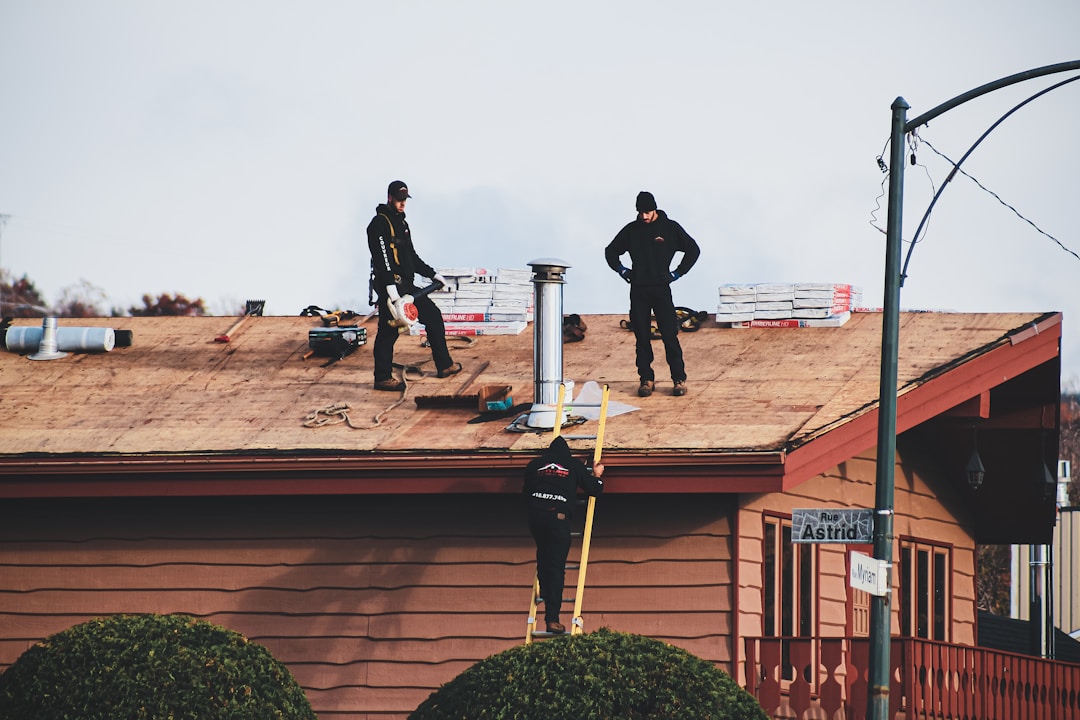As homeowners, one of the notable costs we have to deal with involves the roof over our heads—literally. As such, knowing the intricacies of roof maintenance and timely replacement are fundamental. Understanding the cost of roof replacement is crucial for homeowners as it aids in financial planning, allows informed decision-making, helps in selecting the right contractor, and enables assessment of the potential return on investment. This article will familiarize you with the elements that shape the cost of roof replacement by evaluating the types of materials used, the labor involved, and other factors. Keep reading to find out more.
The Influence of Roofing Material on Costs

The kind of roofing material directly impacts the overall cost of your roof replacement. Asphalt shingles, commonly used across many households in the US, are relatively cheaper than other materials. They are lightweight, easy to install, and can last up to 20 years with proper maintenance. However, while they might seem cost-effective initially, the lifespan of these shingles could influence the long-term investment in your house.
On the other hand, metal roofs, which are substantially more expensive, are incredibly durable, presenting a lifespan of up to 75 years. They are more resilient to weather extremes and are more energy-efficient. Although the upfront cost is high, the long-term savings realized through reduced energy bills and maintenance costs can justify the initial expense. The cost of a roof replacement is influenced by the type of roofing material you choose. You need to look beyond the initial costs and consider the long-term implications of your choice on the maintenance of your house.
Implication of Labor Costs
The cost of labor forms a substantial part of the total expenses of a roof replacement. It depends on the complexity of the roof, the location of your property, and the rates specific to the roofing contractors in your area. You also have to consider whether any repair work is needed before the new material is laid; this could also affect the cost. Moreover, bear in mind that selecting a less expensive contractor might seem tempting, but it could mean compromising the quality of work.
Hiring skilled, experienced workers, despite a slightly higher initial cost, will potentially save you money on future repairs and will provide you with peace of mind knowing your roof is installed correctly. The quicker you want your roof replaced, the higher the labor cost. Hence, planning your roof replacement ahead of time, during an off-peak season, can also reduce expenses. Autumn, for instance, is usually an ideal time as the weather is typically temperate and roofers aren’t as busy as in other seasons.
The Impact of Roof Size and Shape

Your roof’s size and form can significantly affect the cost of replacing it. A more complex design with multiple chimneys, skylights, or dormer windows will require more time and materials, leading to a higher cost. Roofs with multiple levels and steep slopes can also be trickier and dangerous to work on, thus increasing labor expenses. A larger roof will naturally require more materials, meaning the cost will be higher.
It’s recommended to measure your roof before the start of any replacement project. Keep in mind that roofers often quote per roofing square. This means if your roof measures 2000 square feet, it equals 20 squares, as a roofing square is considered to be a 100-square-foot area. The disposal and removal of your current roof can add more to the total cost. Different materials require various methods and costs of disposal, so factor this in when planning your budget.
Overlay vs. Tear-Off

When it comes to costs, there are primarily two methods of replacement: overlay and tear-off. Overlay involves adding a new layer of shingles over the existing one, therefore bypassing the removal and disposal costs and reducing project time. However, before you decide on this approach due to its lower initial cost, consider other factors. Additional weight on your home’s structure may lead to issues, and any existing problems with your roof are likely to resurface later.
Moreover, the new layer’s lifespan could be compromised as heat gets trapped between layers, promoting faster aging. Tear-off, while initially expensive, ensures that your old roof is entirely removed, exposing the roof deck. Roofers can now address any underlying issues, providing a better surface for your new shingles, helping them last longer, and giving you a stronger return on your investment.
Regional Pricing Variations
Another factor to notice while looking at the cost of a roof replacement is that prices vary from region to region. The pricing variation arises because of differences in labor costs, housing market conditions, and the cost of living in a specific area. The average cost of a new roof might be higher in a large, city area compared to a rural setting. Weather patterns in different areas can influence the cost too. If you live in a region where extreme weather conditions are regular, there might be additional costs for reinforcing your roof to withstand such conditions. No matter where you live, you need to take the time to find a reputable roofing company.
Knowing When to Replace Your Roof

While understanding the costs involved in roof replacement, it’s equally important to identify when to replace it. Waiting too long can lead to a host of problems like leaks, water damage, and in severe cases, it could even lead to structural issues within your home. It’s vital to carry out regular inspections, particularly after severe weather events, to keep track of the condition of your roof. Most roofs come with a warranty that can range from 20 to 50 years. When you start nearing the end of that warranty, it’s a good time to start considering a replacement.
Other obvious signs that indicate the need for a new roof include missing or curling shingles, rot, and mold. All said, there is no blanket answer to how often a roof should be replaced as it largely depends on the material, the quality of installation, and the care and maintenance it receives. Factors like having your roof insulated properly can affect the lifespan of your roof as well.
Insurance and Roof Replacement

While discussing the cost of roof replacement, you need to understand the part insurance can play. Homeowners’ insurance often covers roof damage caused by unpreventable incidents such as vandalism or natural disasters like hail, storms, or fire. Still, coverage often won’t apply if the roof was in poor condition due to neglect or if it’s beyond its intended lifespan. On the other hand, if you completed a roof replacement recently, you might qualify for a discount on your insurance premium.
It’s always best to check with your insurance provider about how your roof and its condition can influence your coverage and costs. While insurance can be a savior in certain circumstances, it’s best not to rely on it entirely. Regular maintenance and inspections are needed for keeping your roof in the best possible condition and detecting potential issues early on before they become much costlier to repair.
As you can see, the cost of a roof replacement is a complex topic influenced by a range of factors including the banking material, labor cost, roof size, and the replacement method chosen. Getting down to the specifics, understanding each aspect, and planning accordingly can assist you to make an informed decision that suits your budget and meets your requirements. You need to prioritize regular inspections, maintenance, and timely replacements over cost savings. Now that you’re accustomed to the factors that affect the replacement cost, you are better equipped to make an informed decision for your home.





